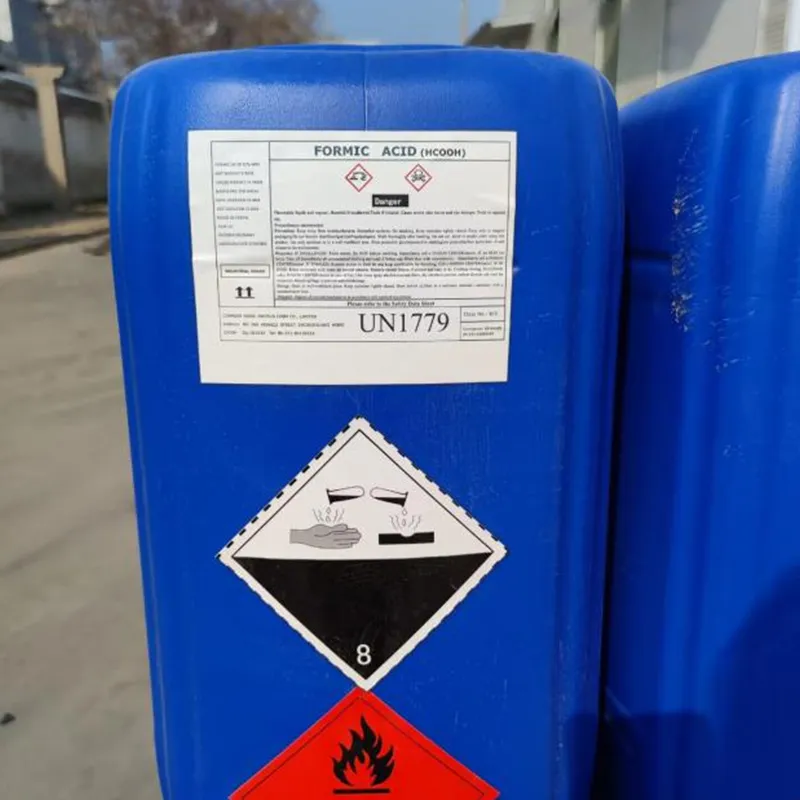
Applications and Properties of Acrylonitrile-Butadiene Rubber in Modern Industries
The Versatility and Applications of Butadiene Acrylonitrile Rubber (NBR)
Butadiene acrylonitrile rubber (NBR), also known as nitrile rubber, is a synthetic rubber copolymer made from the polymerization of butadiene and acrylonitrile. Its unique properties make it a highly versatile material that is widely used in numerous industrial applications, especially in the automotive and manufacturing sectors.
One of the most significant characteristics of NBR is its excellent resistance to oil, fuels, and other chemicals. This makes it an ideal choice for applications where exposure to harsh substances is inevitable. For example, NBR is extensively used in the production of gaskets, seals, and O-rings in various machinery and automotive engines. With the rise of high-performance vehicles and the demand for longer-lasting materials, NBR's durability and resilience have become essential.
In addition to its chemical resistance, NBR provides good mechanical properties, including excellent tensile strength and abrasion resistance. These traits ensure that products made from NBR can withstand various stresses, making it a preferred choice in environments subjected to heavy wear and tear. Typical applications include conveyor belts, hoses, and protective coverings.
Another crucial aspect of NBR is its flexibility at low temperatures. While many materials tend to become brittle under cold conditions, NBR retains its elasticity, making it suitable for a range of temperatures. This resilience allows NBR to be used effectively in refrigeration and freezing applications where flexibility is paramount. Furthermore, its ability to maintain performance in varying conditions makes it ideal for outdoor equipment and automotive parts, which are often exposed to harsh environmental factors.
butadiene acrylonitrile rubber

The manufacturing process of NBR allows for the tailoring of its properties to meet specific needs. By adjusting the ratio of butadiene to acrylonitrile, manufacturers can modify the rubber's properties to enhance performance. A higher acrylonitrile content increases oil resistance, whereas a greater butadiene content enhances low-temperature flexibility. This customization capability is one of the reasons why NBR is so prevalent in industries with varying requirements.
Moreover, NBR is often blended with other materials to enhance its properties further. For instance, combining NBR with other elastomers or thermoplastic polyurethanes can lead to enhanced performance characteristics such as improved thermal stability and even greater mechanical strength. This trend towards blending showcases NBR’s versatility and adaptability to meet the evolving demands of modern applications.
Sustainability is also becoming a crucial consideration in the manufacturing and application of NBR. As industries strive to reduce their environmental footprints, the development of bio-based NBR options is gaining traction. Researchers are exploring the potential for incorporating renewable resources into the production process, thus making NBR a more eco-friendly alternative without compromising its performance attributes.
As the global market continues to grow, the demand for NBR is expected to rise. Industries such as automotive, oil and gas, and even healthcare are likely to see increased usage of this resilient material. From fuel systems to medical gloves, NBR’s unique blend of properties continues to open up new possibilities.
In conclusion, butadiene acrylonitrile rubber stands out as a critical material in various sectors due to its remarkable resistance to oils and chemicals, mechanical strength, and flexibility. As technology advances and the need for more versatile and sustainable materials grows, NBR will undoubtedly play a pivotal role in shaping the future of engineered applications. Whether in sealing automotive components or providing flexibility in cold environments, NBR is an indispensable player in the world of synthetic materials.
-
Buy High-Quality Trichloroisocyanuric Acid for Sale | TCCA 90% SupplierNewsAug.30,2025
-
Pure Sodium Dichloroisocyanurate Dihydrate | Powerful DisinfectantNewsAug.29,2025
-
Industrial Chemicals: Quality & Purity for Every IndustryNewsAug.28,2025
-
Nitrile Rubber Honoring Strict Production StandardsNewsAug.22,2025
-
Aspartame Ingredients Honoring Food Safety ValuesNewsAug.22,2025
-
Fertilizer for Balanced Plant NutritionNewsAug.22,2025
-
Cyanide Gold Processing with High Purity AdditivesNewsAug.22,2025
Hebei Tenger Chemical Technology Co., Ltd. focuses on the chemical industry and is committed to the export service of chemical raw materials.
-

view more DiethanolisopropanolamineIn the ever-growing field of chemical solutions, diethanolisopropanolamine (DEIPA) stands out as a versatile and important compound. Due to its unique chemical structure and properties, DEIPA is of interest to various industries including construction, personal care, and agriculture. -

view more TriisopropanolamineTriisopropanolamine (TIPA) alkanol amine substance, is a kind of alcohol amine compound with amino and alcohol hydroxyl, and because of its molecules contains both amino and hydroxyl. -

view more Tetramethyl Thiuram DisulfideTetramethyl thiuram disulfide, also known as TMTD, is a white to light-yellow powder with a distinct sulfur-like odor. It is soluble in organic solvents such as benzene, acetone, and ethyl acetate, making it highly versatile for use in different formulations. TMTD is known for its excellent vulcanization acceleration properties, which makes it a key ingredient in the production of rubber products. Additionally, it acts as an effective fungicide and bactericide, making it valuable in agricultural applications. Its high purity and stability ensure consistent performance, making it a preferred choice for manufacturers across various industries.





